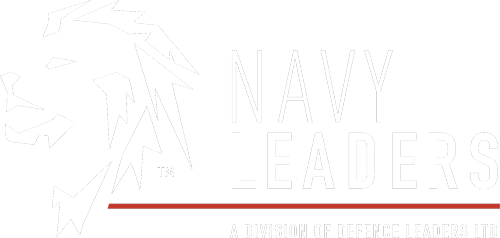US building its most advanced nuclear ballistic sub
)
This month, the US laid down the keel of the USS District of Columbia nuclear ballistic missile submarine (SSBN), which marks the start of construction of the lead boat of the class. The new class is touted as the largest, most capable, and most advanced sub made by the US.
The 12 planned Columbia-class SSBNs will replace the 14 long-serving Ohio-class boats which were built from 1976 to 1997 as the US Navy’s undersea deterrent. The new class is planned to carry 70% of the US deployed nuclear arsenal, with the first-of-class slated to come into service in 2027 and the first patrol slated for 2031.
Each Columbia-class sub will be 170 meters in length with a beam of 13 meters. The class is designed for a 42-year service life and is designed with a life-of-the-ship fuel core. Although the class still needs a mid-life overhaul, it will never have to return to a shipyard for refueling and is expected to serve well into the 2080s. The class is equipped with an electric-drive propulsion train, as opposed to the mechanical drive used on other USN subs, making it substantially quieter than any previous model.
The Columbia class will be armed with 16 submarine-launched ballistic missile (SLBM) launch tubes, compared with the 24 launchers of the Ohio class. This reduced armament allows the use of existing components used on the Virginia-class nuclear attack subs (SSNs) and drives down costs of the Columbia-class propulsion plant. These new launch tubes, called the Common Missile Compartment (CMC) will also be used in the Royal Navy’s upcoming Dreadnought-class SSBNs, thereby lowering costs.
These tubes would carry the Trident II D5 submarine-launched ballistic missile (SLBM), a three-stage, solid-fuel, inertially-guided missile with a range of 7,360 kilometers, capable of carrying multiple W76-MK4/MK4A or W88-MK5 warheads. Despite arguments that the reduced armament of the Columbia class might not be enough for strategic deterrence, the USN and US Department of Defense (DOD) believe that a nuclear boat armed with 16 SLBM launch tubes can fully perform its deterrent role in the 2030s and beyond.
However, US near-peer competitors China and Russia have also been upgrading their undersea nuclear deterrent forces. China currently operates four Type 094 and two upgraded Type 094As, which present its first credible undersea-based deterrent. These SSBNs are equipped with 12 launch tubes for the JL-2 SLBM, which has a range of 7,200 to 9,000 kms and carries between one and three nuclear warheads. If launched from the waters near China, the Chinese missiles would not be able to hit the continental US but would be able to hit Alaska, Guam, and Hawaii.
China is also working on a new Type 096 SSBN, armed with the JL-3 SLBM which is currently not yet in service. The JL-3 is projected to have a 9,000 kms range and carry multiple warheads on multiple independently targetable re-entry vehicles (MIRVs). The US DOD estimates that by 2030, China may be operating eight SSBNs consisting of Type 094s and Type 096s operating concurrently.
Russia currently operates five Borei-class SSBNs, with a total of 10 boats planned to be delivered by 2027. These subs will be the backbone of Russia’s undersea deterrent and will replace the Soviet-era Delta-III boats in Russia’s Pacific Fleet and Delta-IV boats in the Northern Fleet. Each 170-meter long Borei sub carries 16 Bulava SLBNs with a range of 8,000 kms and can be armed with six nuclear warheads, or 10 to 40 decoy warheads. The class is expected to form the undersea component of Russia’s nuclear arsenal until 2040.
An SSBN has long been considered the ultimate in nuclear deterrence, as, once submerged, they are extremely difficult to locate and hit. An SLBM launch is practically unstoppable given the stealth capabilities of their launching subs, and lack of effective defenses against ballistic missile threats. While such capability has traditionally been confined to established nuclear powers such as the US, France, UK, Russia and China, other players such as India, Pakistan and North Korea are developing their own SSBNs. That ensures that this platform will play an increasing role in maintaining strategic stability in the Pacific.
However, future technologies such as improvements in sensor technology, and new ways to detect chemical, biological, acoustic, and infrared signatures can make the oceans increasingly transparent, and by 2050 stealthy subs may not have the same salience they previously held. If this is so, then a central concept for undersea nuclear deterrents will have been invalidated, with significant implications for regional stability underpinned by nuclear deterrence between major powers in the Pacific.
Thus, the arms race between anti-submarine warfare (ASW) technologies and SSBNs will be a key determinant of Pacific regional stability in the foreseeable future.
Read the original post at: https://asiatimes.com/2022/06/us-building-its-most-advanced-nuclear-ballistic-sub/
